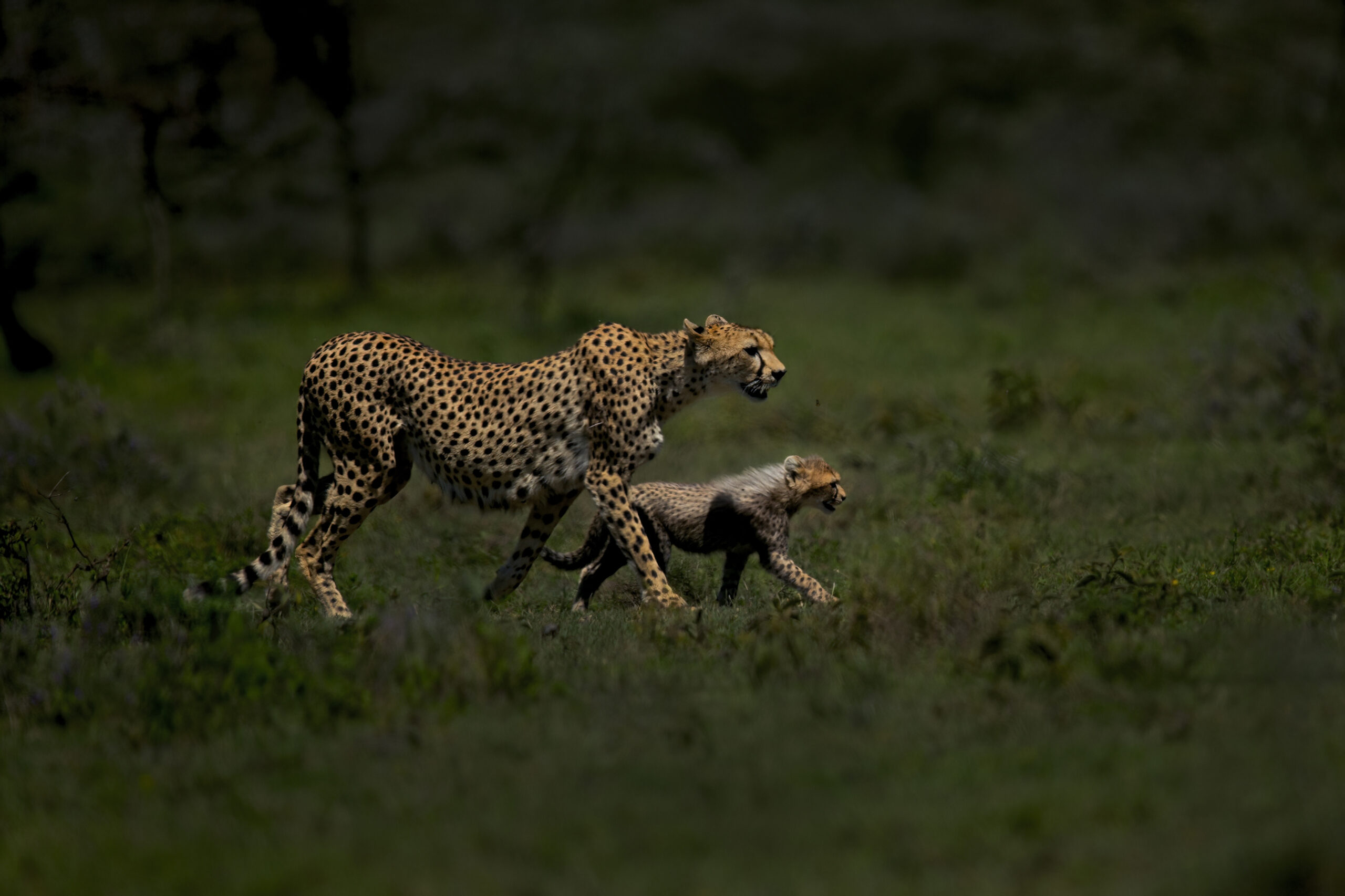
The Great Beginning – Wildebeest calving
Tanzania: The Birthplace of a Migration
Tanzania offers one of the most extraordinary wildlife spectacles on Earth; the Great Migration. Here, vast herds of wildebeest and zebra move across the Serengeti in a timeless rhythm, shadowed by predators and driven by instinct. But it is during the calving season, between January and March, that the drama reaches a new level of intensity. In the southern Serengeti and the open plains of Ndutu, more than 8,000 calves are born each day, drawing lions, cheetahs and hyenas into a pulse-quickening dance of life and death.

Serengeti National Park
The Serengeti is a place of endless horizons, golden light and raw wilderness. During the calving season, the usually quiet southern plains erupt with life. Watching a wildebeest give birth and seeing a newborn take its first steps within minutes is a deeply moving experience, one that few places on Earth can offer. Alongside the herds, you may encounter hunting cheetahs, hyenas and massive prides of lions. Every day is unpredictable and unforgettable, making the Serengeti the perfect stage for nature’s greatest show.

Ngorongoro & Ndutu: Where Life Begins
Bordering the southern Serengeti, the Ndutu Conservation Area offers front-row seats to the calving season, with fewer vehicles and more intimate wildlife moments. The open plains provide easy visibility, making it one of the best places to witness predator-prey interactions. Nearby, the Ngorongoro Crater, a UNESCO World Heritage Site, is a microcosm of East African wildlife. With its dense concentration of animals, including the elusive black rhino, this ancient volcanic caldera is a must-visit for those seeking both dramatic landscapes and rich biodiversity.

